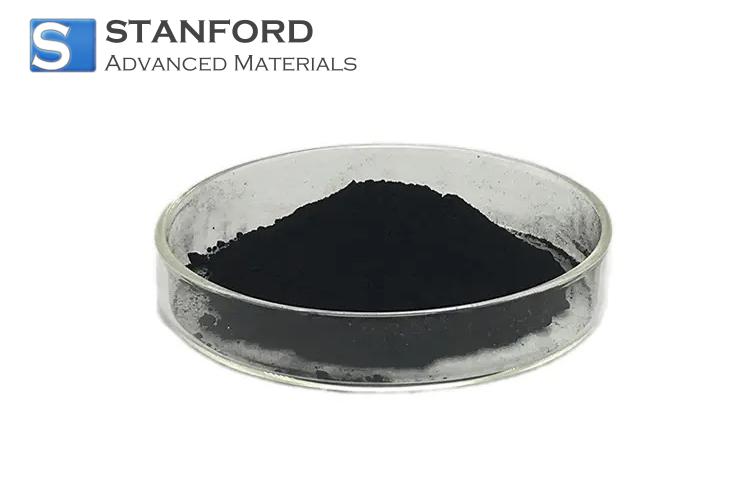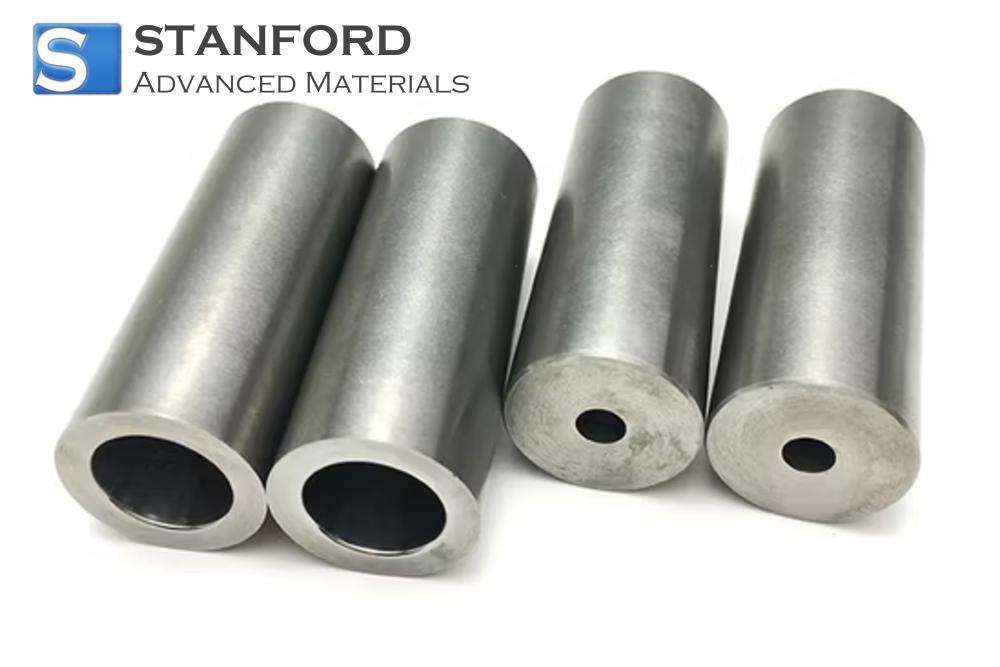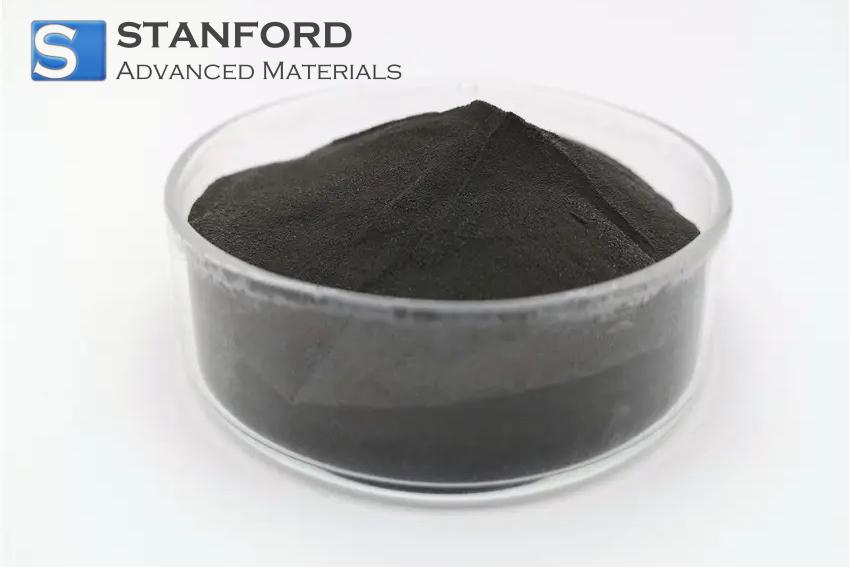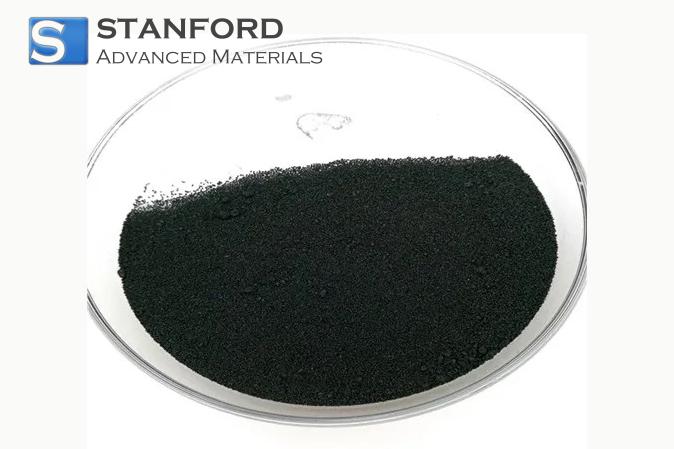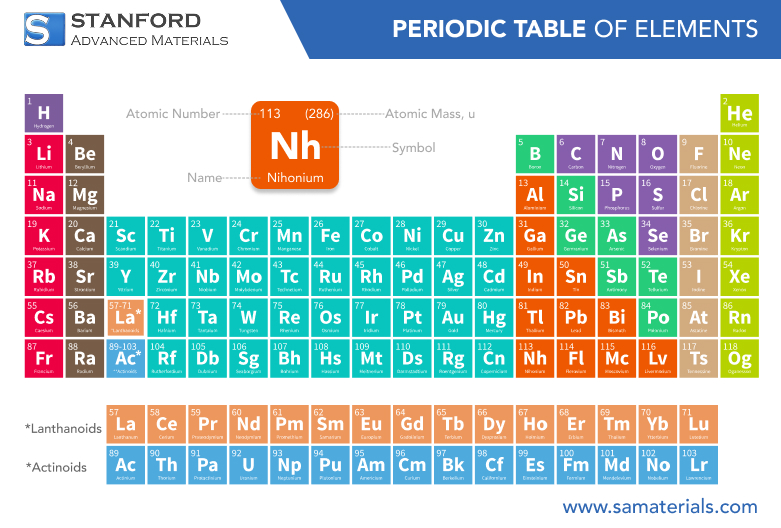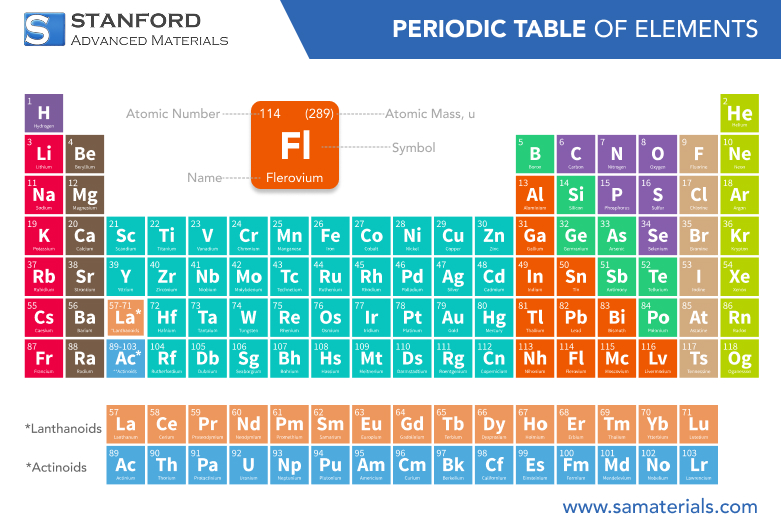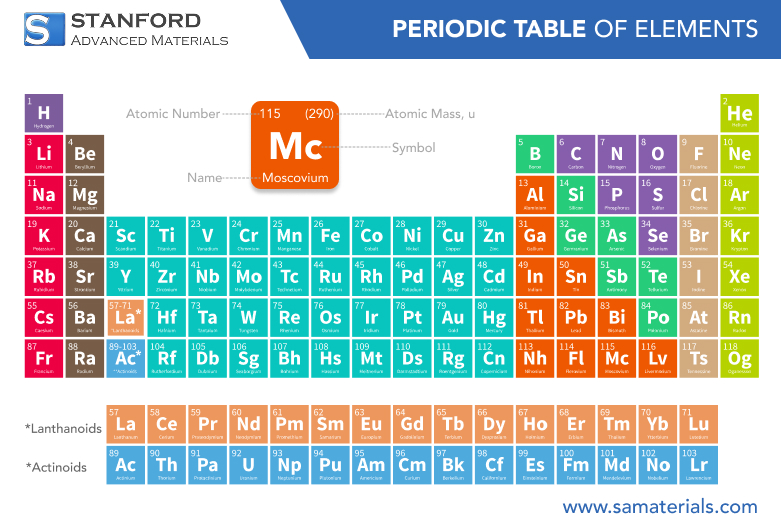Ruthenium: Element Properties and Uses
Description
Ruthenium is a rare transition metal recognized for its distinct chemical and physical properties; it is vital in industrial applications and modern technology.
Introduction to the Element
Ruthenium is a chemical element with the atomic number 44 and is part of the platinum group metals. First identified in the early 19th century by Karl Ernst Claus, its name is derived from Ruthenia, a historical region in Eastern Europe. Although it is not abundant in the Earth’s crust, ruthenium is found in certain ores alongside other platinum group metals. Its occurrence in nature is limited, making its extraction a challenging and highly specialized process.
Chemical Properties Description
This element exhibits multiple oxidation states, most commonly +3 and +4, although states ranging from +2 to +8 are known. Ruthenium’s ability to form complex compounds is a subject of intense academic interest. It reacts with various ligands to produce coordination compounds that are useful in catalysis and synthesis reactions.
One of the most remarkable features of ruthenium is its resistance to corrosion. When exposed to aggressive acids and bases, it maintains its structural integrity, a property that enhances its usefulness in demanding environments. The formation of a thin oxide layer on its surface further contributes to its chemical inertness, preventing further degradation and providing a measure of protection against harsh chemicals.
In organometallic chemistry, ruthenium compounds are particularly valued for their catalytic properties. They are used to speed up reactions such as hydrogenation and oxidation without being consumed in the process. This catalytic ability is critical in many industrial processes, where efficiency and precision are paramount. Additionally, the stability of ruthenium compounds in various media has led to their application in areas such as electronics and energy production.
Physical Properties Data Table
Property | Value | Unit |
Atomic Number | 44 | - |
Atomic Weight | 101.07 | g/mol |
Density | 12.45 | g/cm³ |
Melting Point | 2334 | °C |
Boiling Point | 4150 | °C |
Crystal Structure | Hexagonal Close-Packed | - |
Phase at Room Temp | Solid | - |
For more information, please check Stanford Advanced Materials (SAM).
Common Uses
Ruthenium finds application in a wide range of fields due to its unique chemical and physical attributes. In the field of electronics, it is employed in the production of thick-film resistors and in components used in hard disks and circuit boards. Its excellent conductivity and durability under high-stress conditions make it a preferred material for these purposes.
Another significant application of ruthenium is in catalysis. It serves as an effective catalyst in the chemical industry, particularly in processes involving the synthesis of ammonia and other vital chemicals. The metal’s ability to accelerate reactions without undergoing permanent chemical change makes it indispensable in industrial chemical reactions.
Ruthenium also contributes to the field of materials science. It is used to improve the hardness and wear resistance of alloys, which are essential in the manufacturing of electrical contacts and other components that require prolonged service life. In addition, the metal is utilized for plating white gold in jewelry, which not only enhances the appearance of the metal but also increases its resistance to scratches and tarnish.
Medical applications of ruthenium are emerging as well. Researchers have been investigating its potential in developing compounds for medical imaging and targeted cancer therapies. Its unique chemical properties allow for the design of drugs that can interact with specific biological targets, offering promising avenues for treatment.
Frequently Asked Questions
What is ruthenium?
Ruthenium is a rare transition metal with atomic number 44, known for its unique
chemical and physical properties and its importance in various industrial
applications.
What are the main chemical properties of ruthenium?
It exhibits multiple oxidation states, forms complex compounds, and shows high
resistance to corrosion, making it valuable for catalytic and high-performance
applications.
How is ruthenium prepared?
Ruthenium is extracted as a by-product from platinum and palladium ores through
controlled chemical treatments and a combination of hydrometallurgical and
pyrometallurgical processes.
What are the common uses of ruthenium in industry?
It is used in electronics for resistors and contacts, in catalysis for chemical
synthesis and emission control, and in enhancing the durability of alloys in
various industrial products.
How does ruthenium contribute to industrial products?
Ruthenium improves the performance and longevity of catalysts, electrical
components, hard coatings, and renewable energy devices through its exceptional
stability and catalytic properties.

